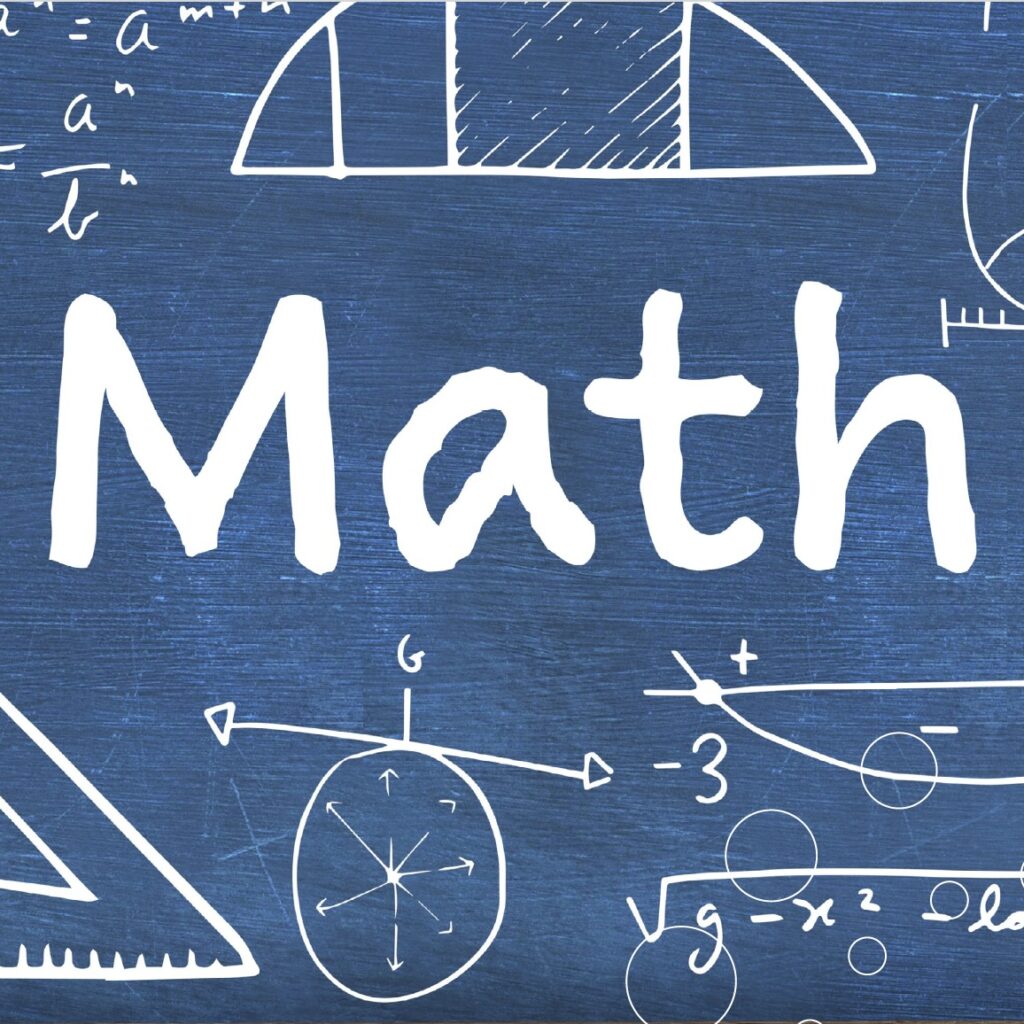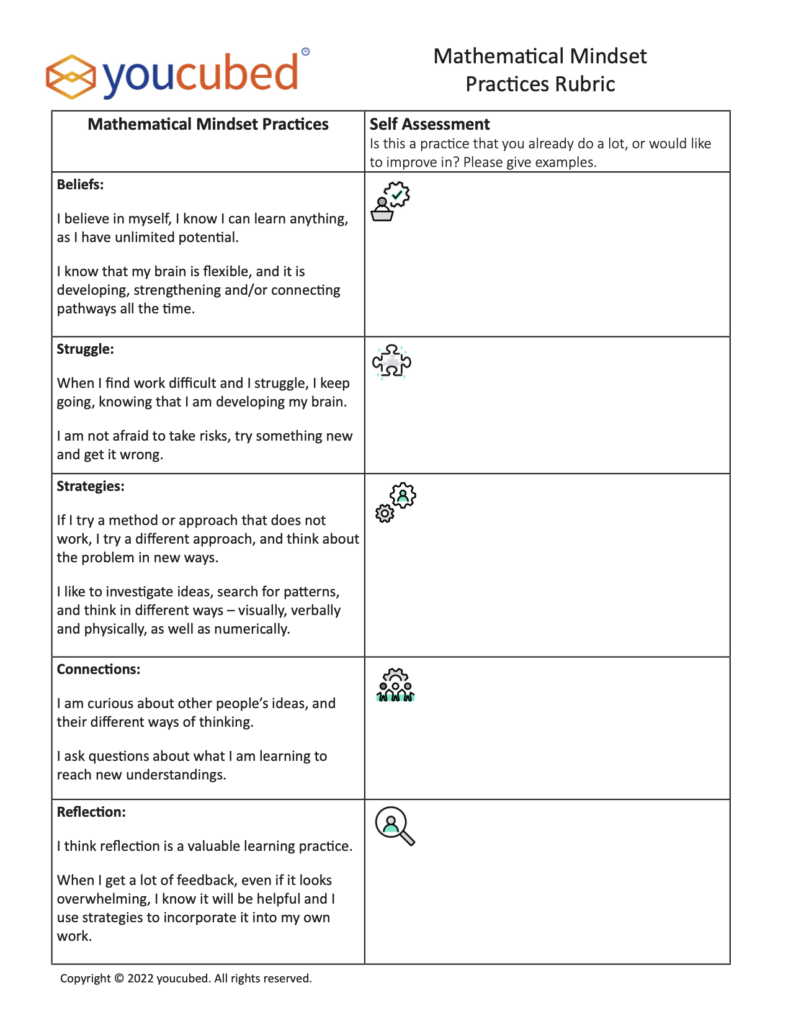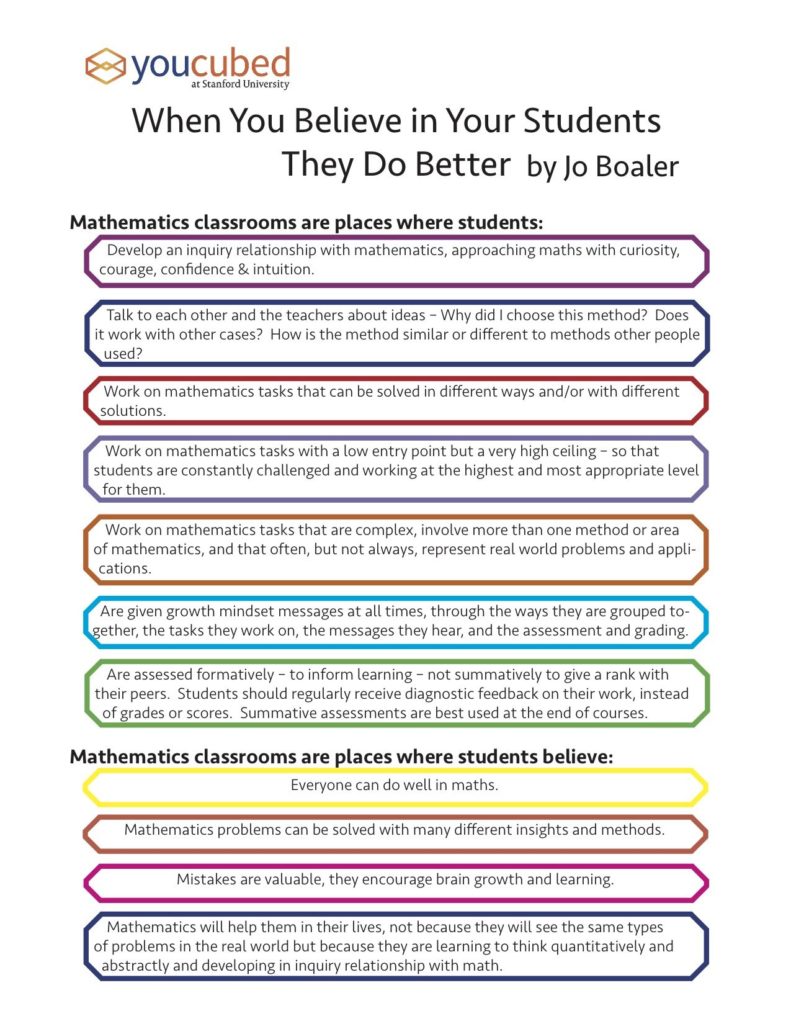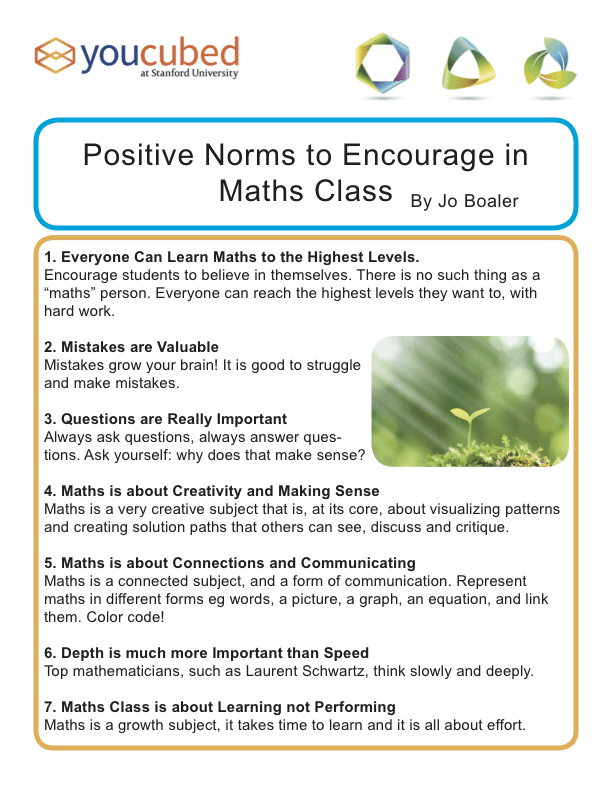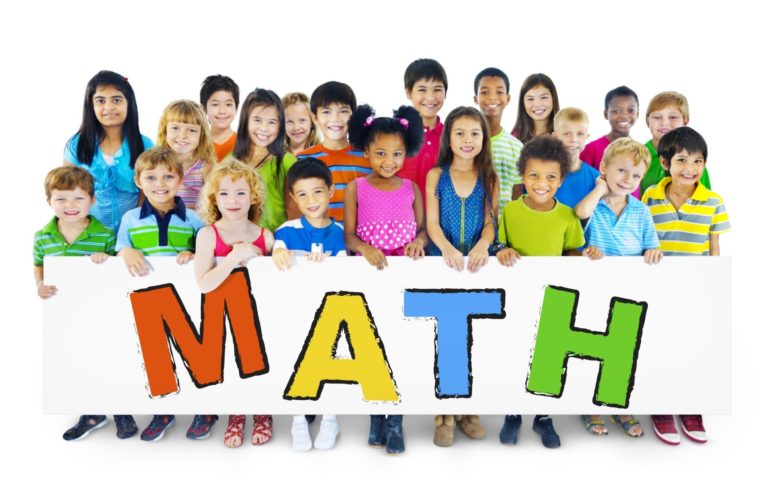Mindset
The term “growth mindset” comes from the groundbreaking work of Carol Dweck. She identified everyone holds ideas about their own potential. Some people believe that their intelligence is more or less fixed and in math – that you can do math or you can’t. About 40% of students have these damaging “fixed mindset” ideas. Another 40% have a “growth mindset” – they believe that they can learn anything and that their intelligence can grow. The other 20% waver between the two mindsets.
Students with a fixed mindset are those who are more likely to give up easily, whereas students with a growth mindset are those who keep going even when work is hard, and who are persistent. The two mindsets are associated with different achievement pathways as the papers on this page show. It is possible to change mindsets – my student online class which can be accessed under courses – has been shown to shift students’ mindsets from fixed to growth and cause higher mathematics achievement. There are a range of resources on this page – a poster of math norms, a strategizer card with lots of teaching ideas, a short video to boost students’ mindset, and some interesting short papers.




